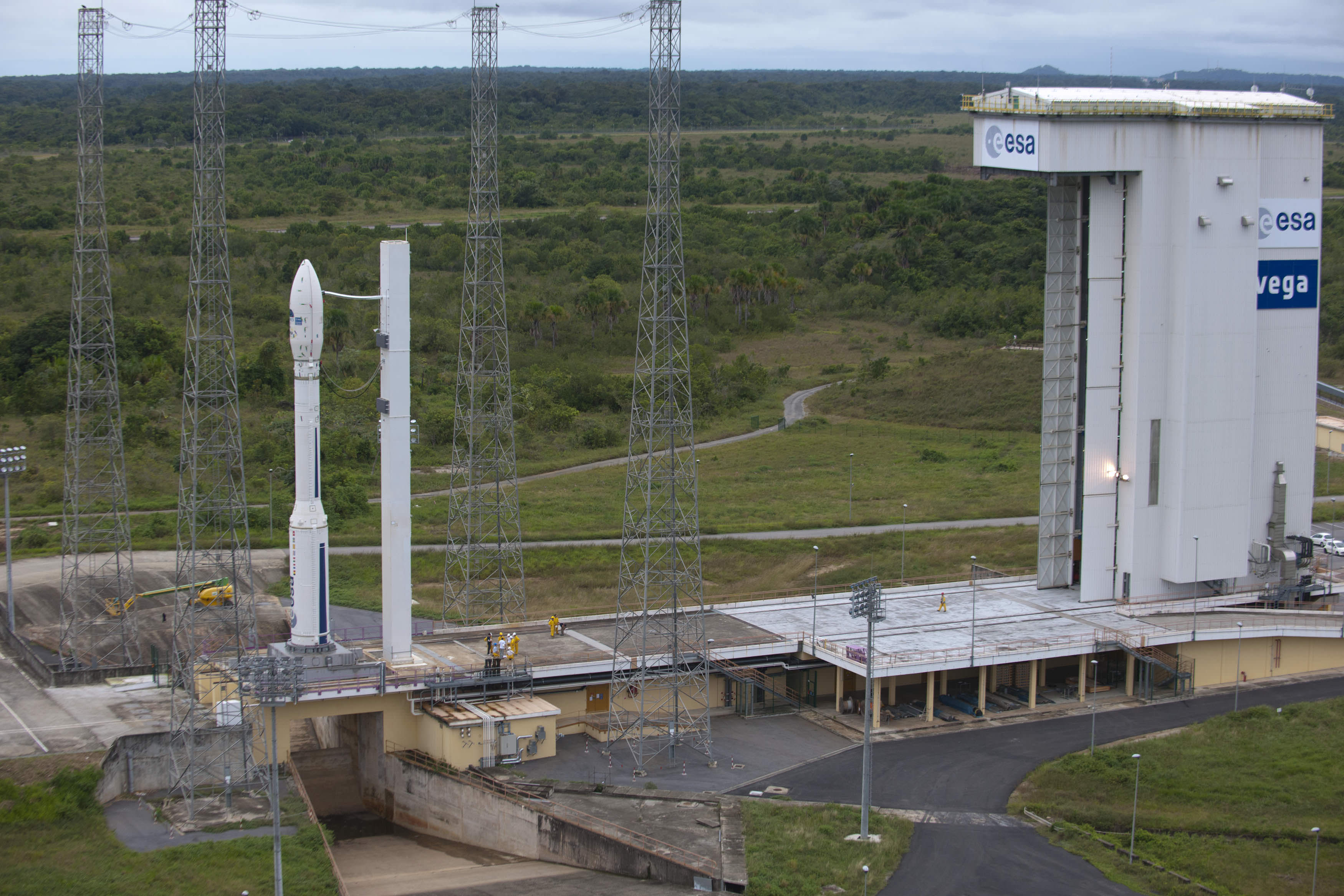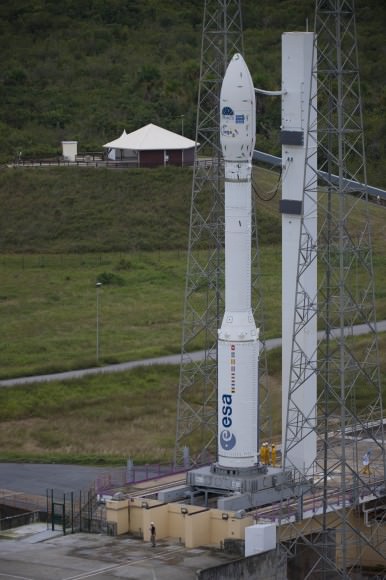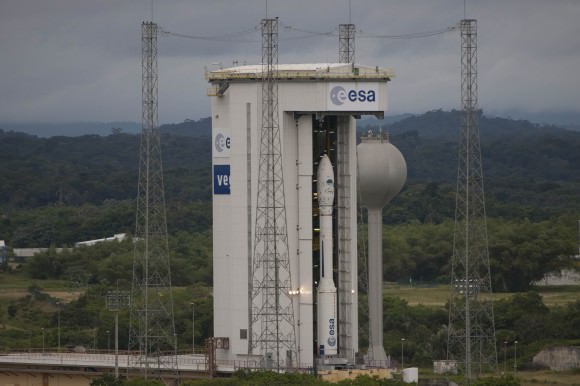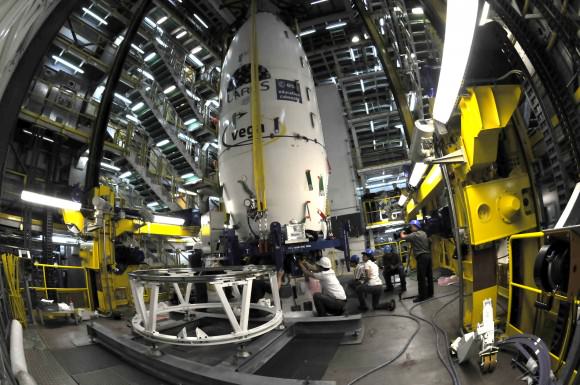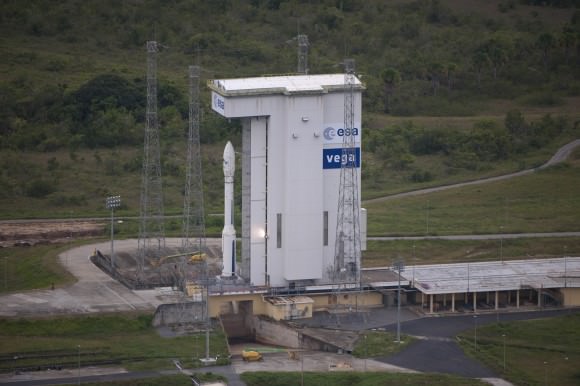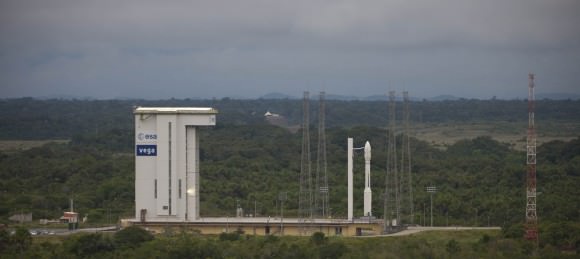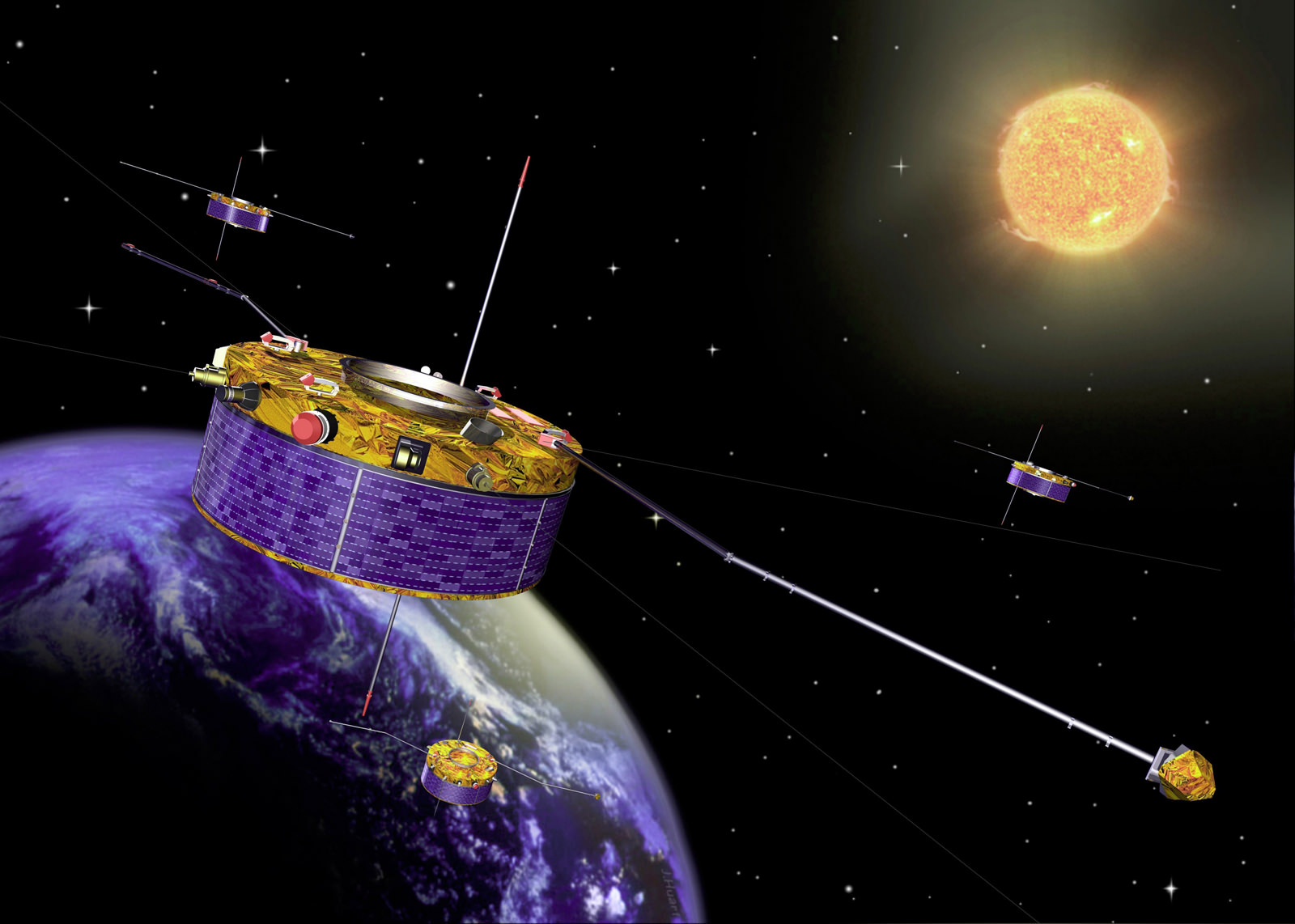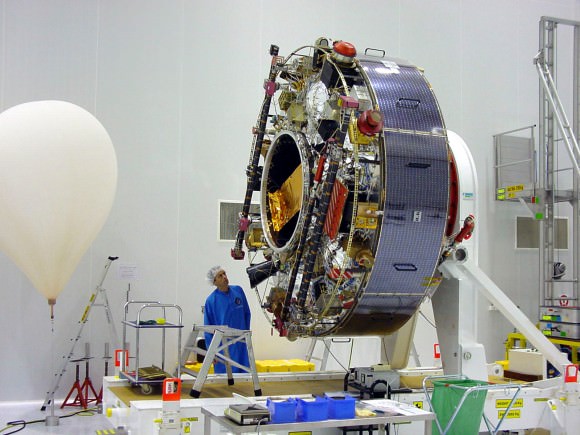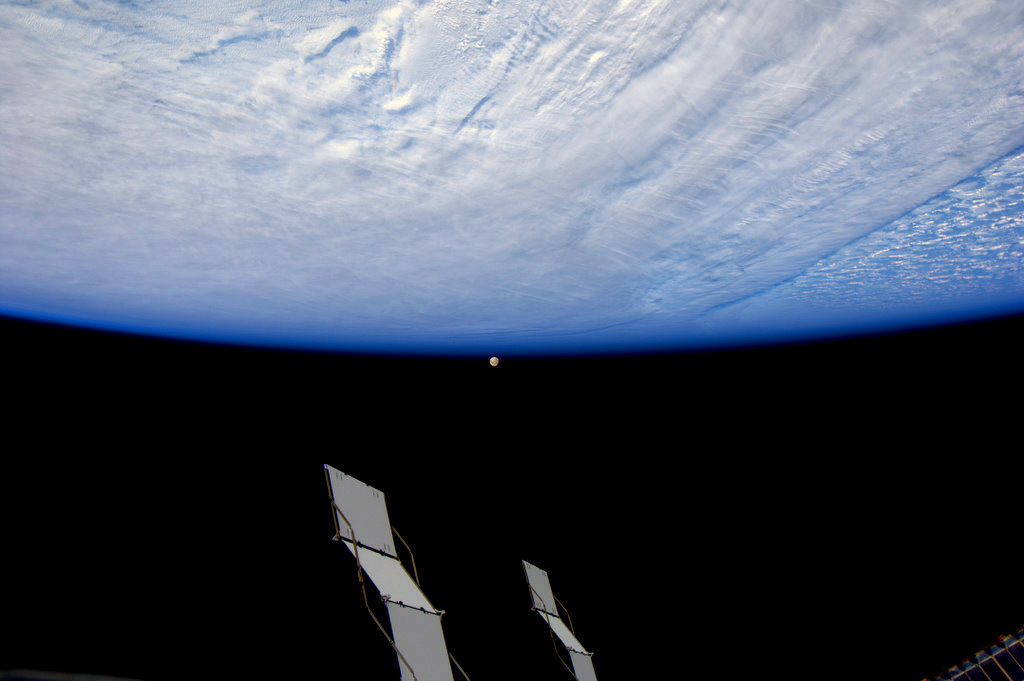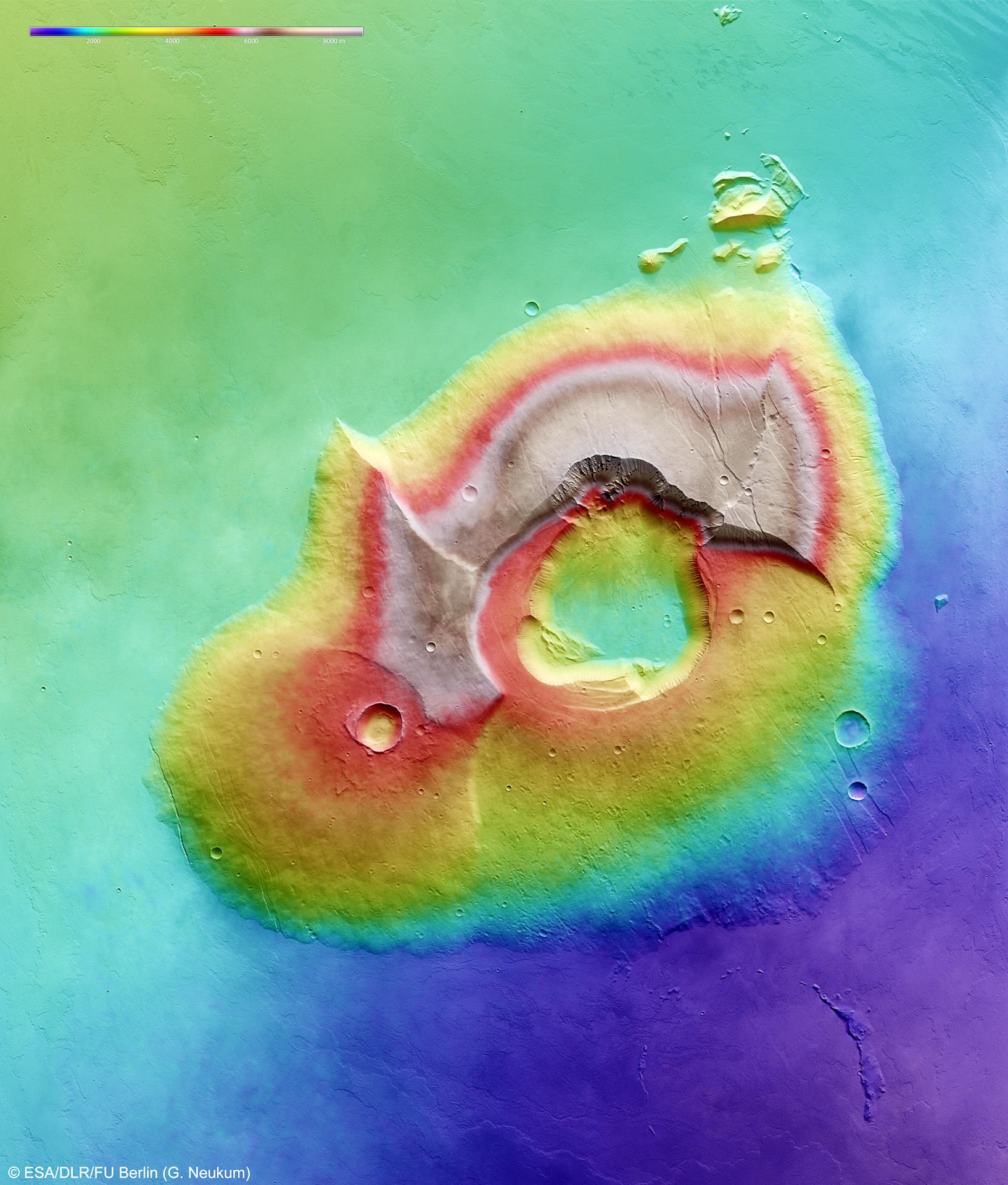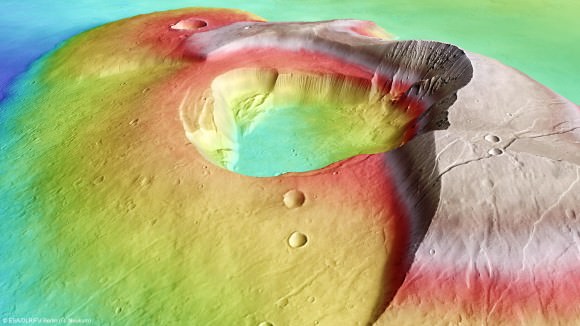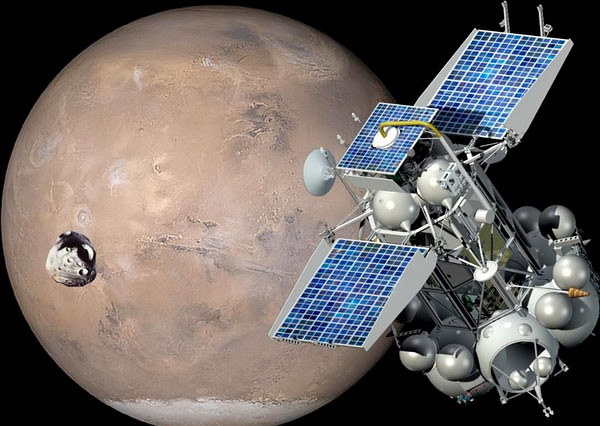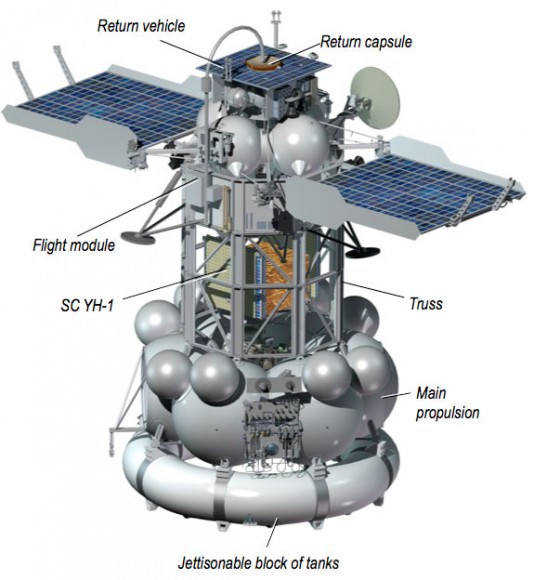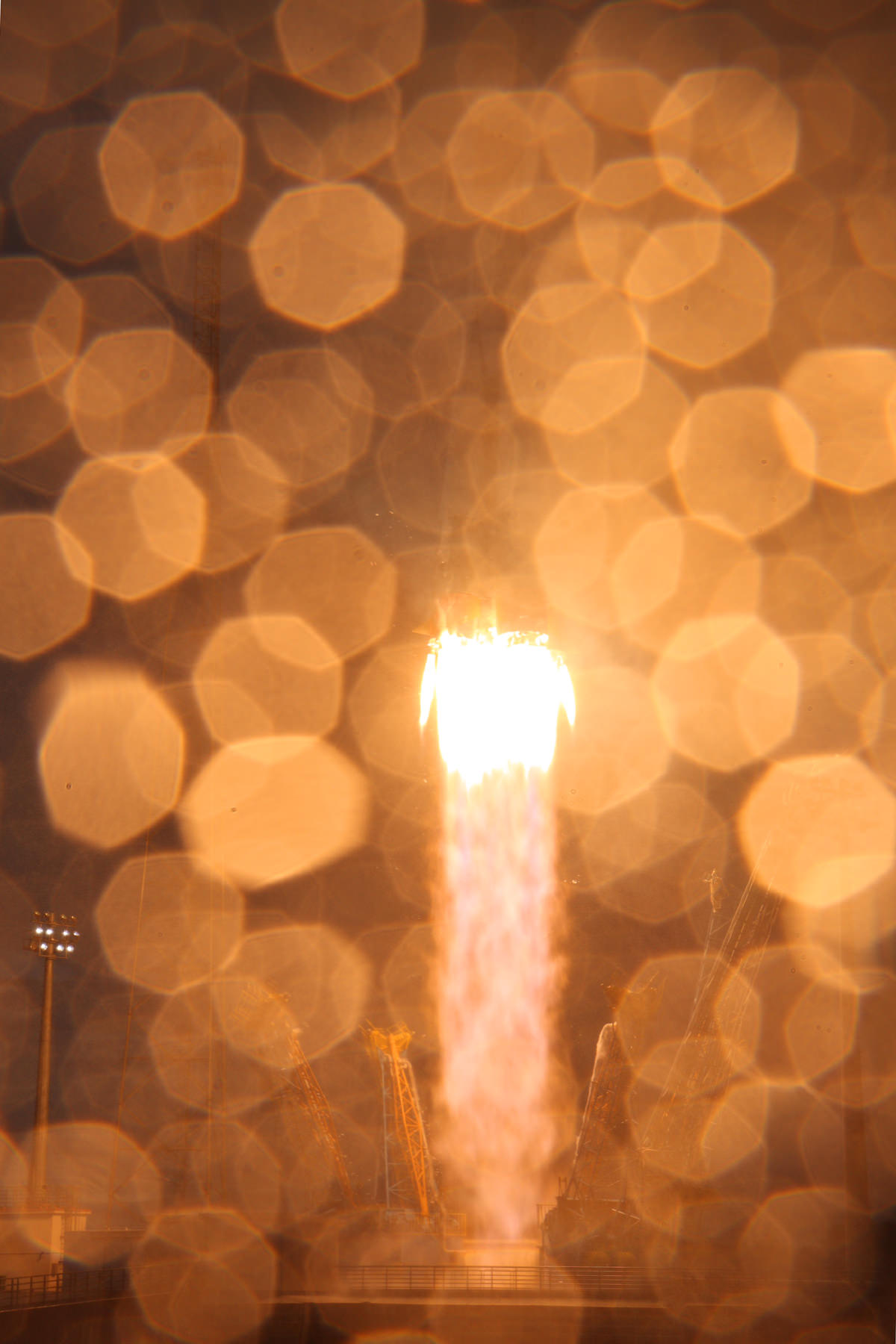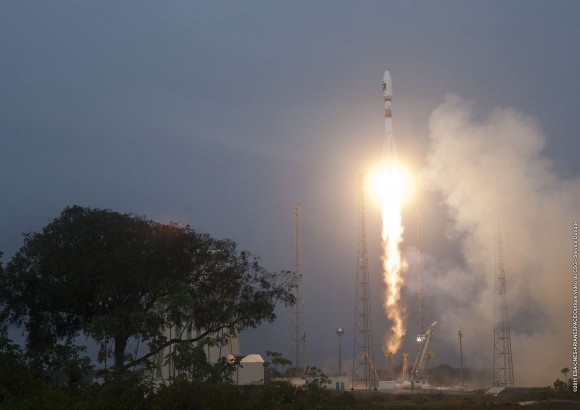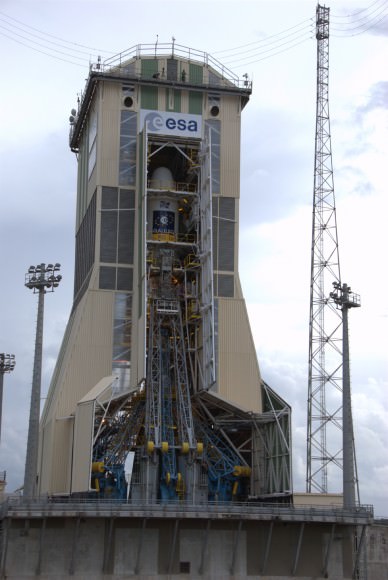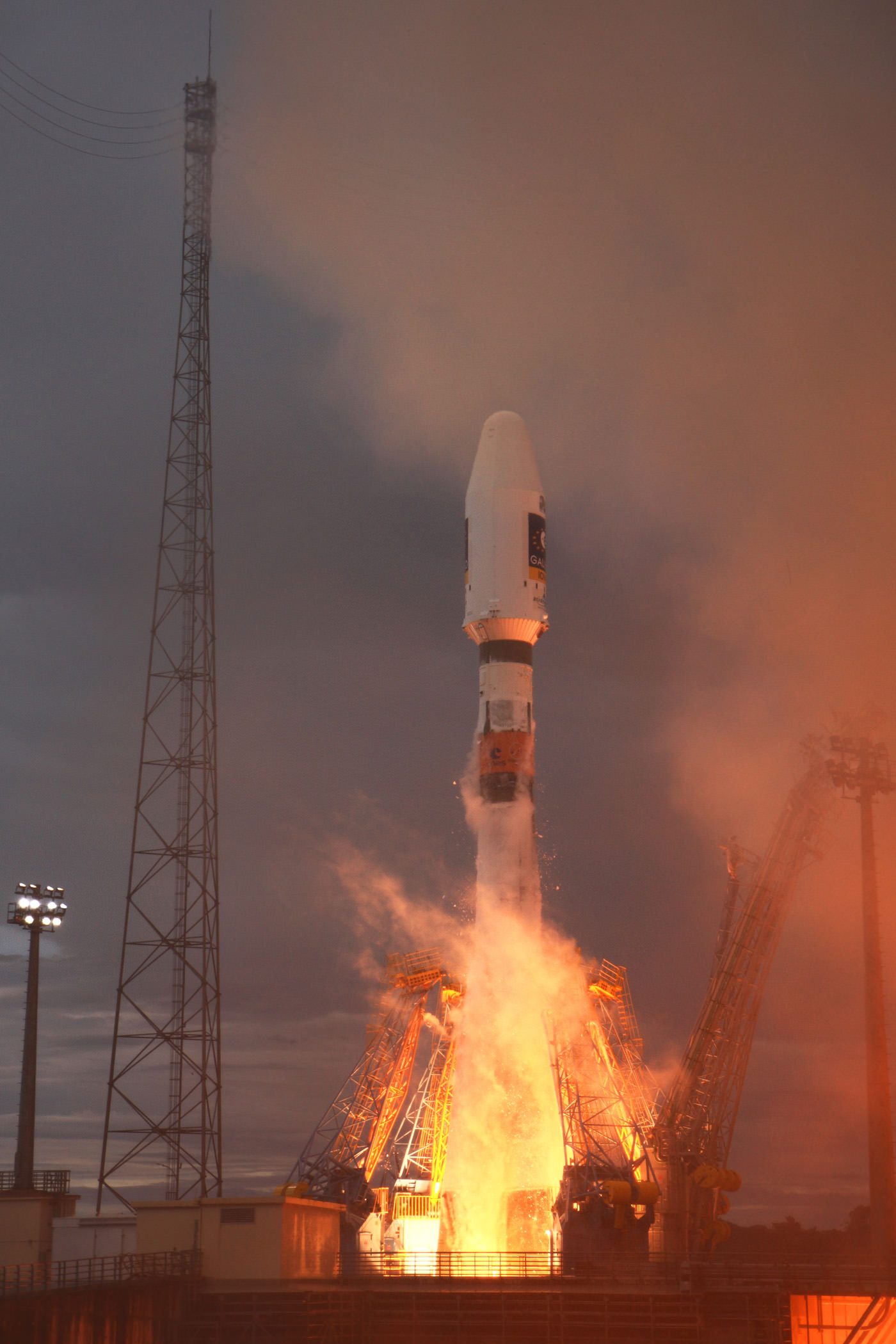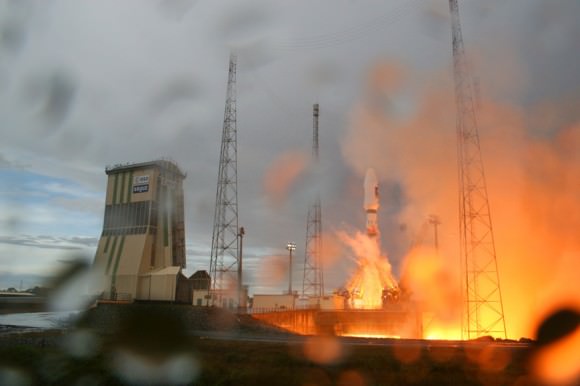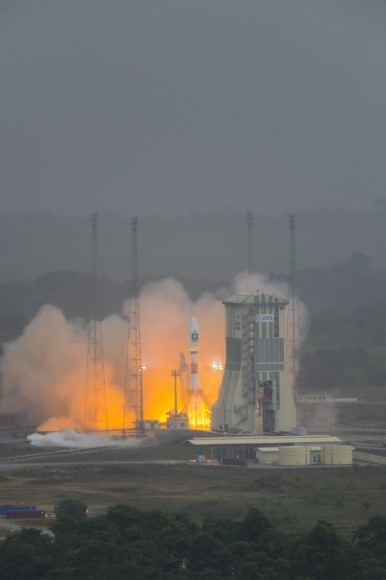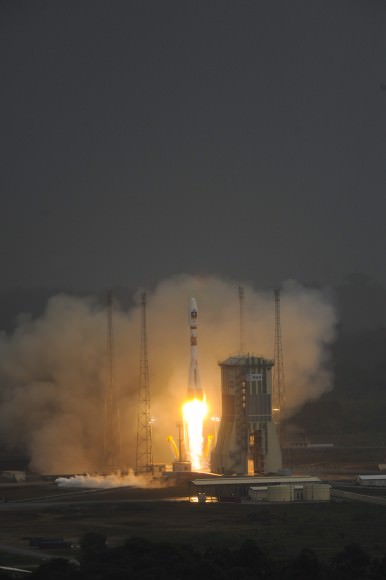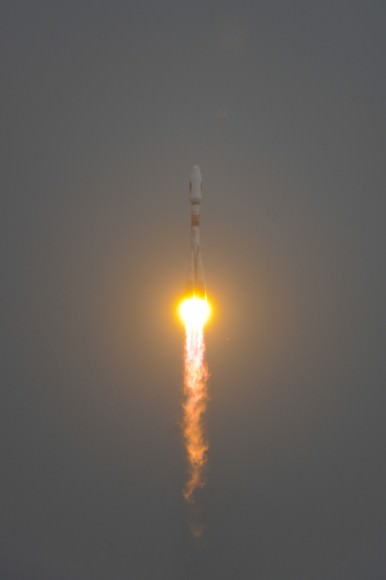[/caption]
America’s hugely successful Mars Exploration program is apparently about to be gutted by Obama Administration officials wielding a hefty budget axe in Washington, D.C. Consequently, Russia has been invited to join the program to replace American science instruments and rockets being scrapped.
NASA’s Fiscal 2013 Budget is due to be announced on Monday, February 13 and its widely reported that the Mars science mission budget will be cut nearly in half as part of a significant decline in funding for NASA’s Planetary Science Division.
The proposed deep slash to the Mars exploration budget would kill NASA’s participation in two new missions dubbed “ExoMars” set to launch in 2016 and 2018 as a joint collaboration with the European Space Agency (ESA).
The ESA/NASA partnership would have dispatched the Trace Gas Orbiter to the Red Planet in 2016 to search for atmospheric methane, a potential signature for microbial life, and an advanced Astrobiology rover to drill deeper into the surface in 2018. These ambitious missions had the best chance yet to determine if Life ever evolved on Mars.
The 2016 and 2018 ExoMars probes were designed to look for evidence of life on Mars and set the stage for follow on missions to retrieve the first ever soil samples from the Red Planet’s surface and eventually land humans on Mars.

- Planned 2016 Orbiter and 2018 Rover. NASA participation will be scrapped due to slashed NASA funding by the Obama Admnistartion. Credit: ESA
The proposed Mars budget cuts will obliterate these top priority science goals for NASA.
The BBC reports that “ a public announcement by NASA of its withdrawal from the ExoMars program will probably come once President Obama’s 2013 Federal Budget Request is submitted.”
A Feb. 9 article in ScienceInsider, a publication of the journal Science, states that “President Barack Obama will propose a $300 million cut in NASA’s planetary science programs as part of his 2013 request for the agency.”
This would amount to a 20% cut from $1.5 Billion in 2012 to $1.2 Billion in 2013. The bulk of that reduction is aimed squarely at purposefully eliminating the ExoMars program. And further deep cuts are planned in coming years !
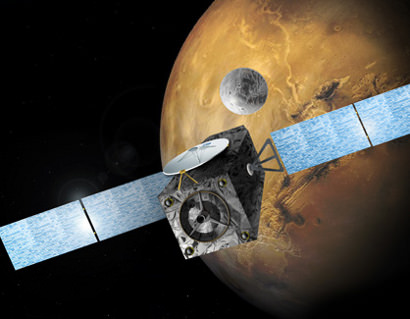
The Mars budget of about $580 million this year would be radically reduced by over $200 million, thereby necessitating the end of NASA’s participation in ExoMars. These cuts will have a devastating impact on American scientists and engineers working on Mars missions.
The fallout from the looming science funding cuts also caused one longtime and top NASA manager to resign.
According to ScienceInsider, Ed Weiler, NASA’s science mission chief, says he “quit NASA Over Cuts to Mars Program.”
“The Mars program is one of the crown jewels of NASA,” said Ed Weiler to ScienceInsider.
“In what irrational, Homer Simpson world would we single it out for disproportionate cuts?”
“This is not about the science mission directorate, this is not even about NASA. This is about the country. We are the only country in the world that has demonstrated the capability to land anything on Mars. How can we allow that to be undermined?”
Weiler’s resignation from NASA on Sept. 30, 2011 was sudden and quick, virtually from one day to the next. And it came shortly after the successful launch of NASA’s GRAIL lunar probes, when I spoke to Weiler about Mars and NASA’s Planetary Science missions and the gloomy future outlook. Read my earlier Universe Today story about Weiler’s retirement.
Ed Weiler was the Associate Administrator for NASA’s Science Mission Directorate (SMD) and his distinguished career spanned almost 33 years.
The dire wrangling over NASA’s 2013 budget has been ongoing for many months and some of the funding reductions had already leaked out. For example NASA had already notified ESA that the US could not provide funding for the Atlas V launchers in 2016 and 2018. Furthermore, Weiler and other NASA managers told me the 2018 mission was de-scoped from two surface rovers down to just one to try and save the Mars mission program.
ESA is now inviting Russian participation to replace the total American pullout, which will devastate the future of Red Planet science in the US. American scientists and science instruments would be deleted from the 2016 and 2018 ExoMars missions.
The only approved US mission to Mars is the MAVEN orbiter due to blastoff in 2013 – and there are NO cameras aboard MAVEN.
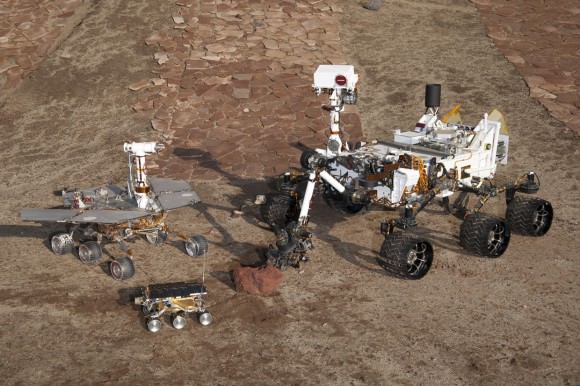
NASA is caught in an inescapable squeeze between rising costs for ongoing and ambitious new missions and an extremely tough Federal budget environment with politicians of both political affiliations looking to cut what they can to rein in the deficit, no matter the consequences of “killing the goose that laid the golden egg”.
NASA Watch Editor Keith Cowing wrote; “Details of the FY 2013 NASA budget are starting to trickle out. One of the most prominent changes will be the substantial cut to planetary science at SMD [NASA’s Science Mission Directorate]. At the same time, the agency has to eat $1 billion in Webb telescope overruns – half of which will come out of SMD.”
The cost of the James Webb Space Telescope (JWST) has skyrocketed to $8.7 Billion.
To pay for JWST, NASA is being forced to gut the Mars program and other science missions funded by the same Science Mission Directorate that in the past and present has stirred the public with a mindboggling payoff of astounding science results from many missions that completely reshaped our concept of humankinds place in the Universe.
Meanwhile, China’s space program is rapidly expanding and employing more and more people. China’s scientific and technological prowess and patent applications are increasing and contributing to their fast growing economy as American breakthroughs and capabilities are diminishing.
Under the budget cutting scenario of no vision, the Curiosity Mars Science Laboratory rover will be America’s last Mars rover for a long, long time. Curiosity will thus be the third and last generation of US Mars rovers – 4th generation to be Axed !



